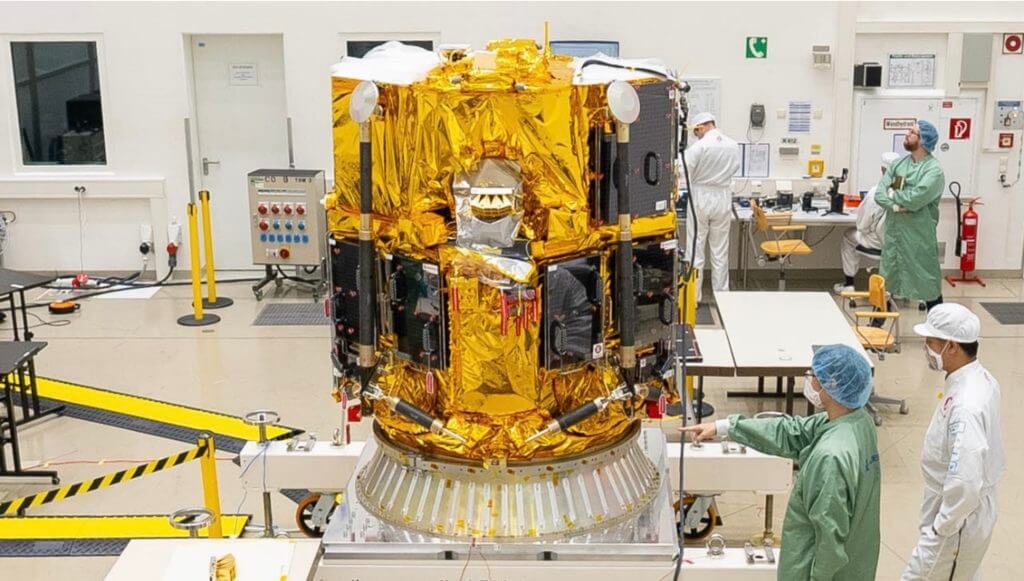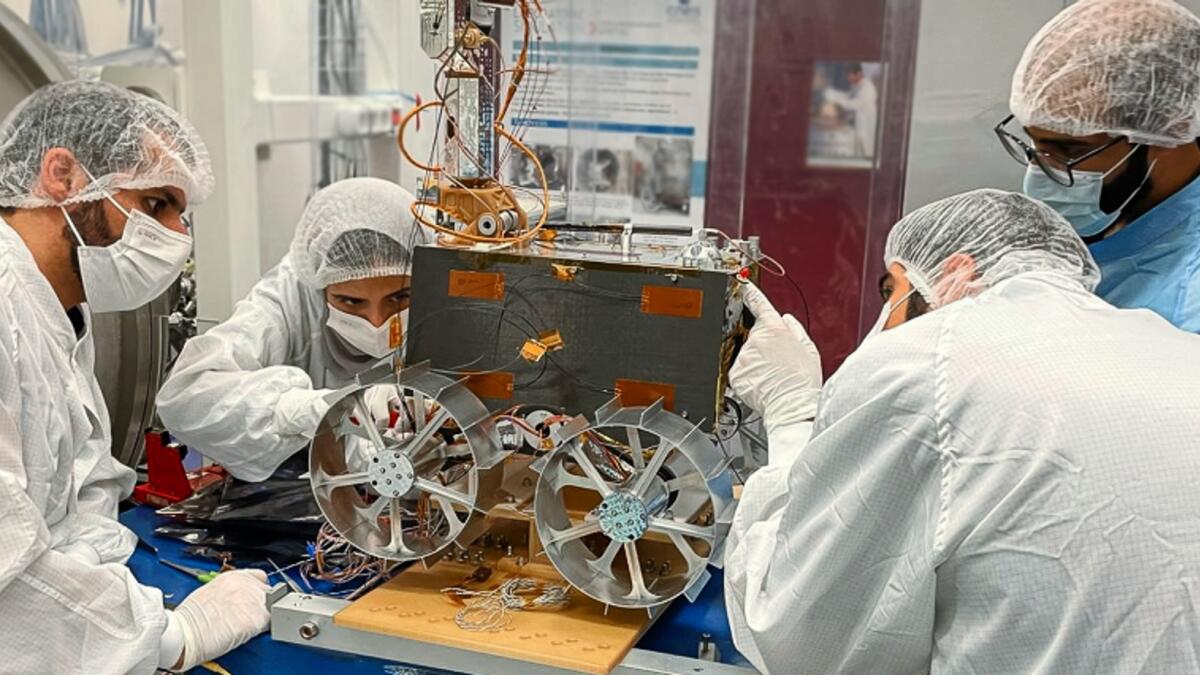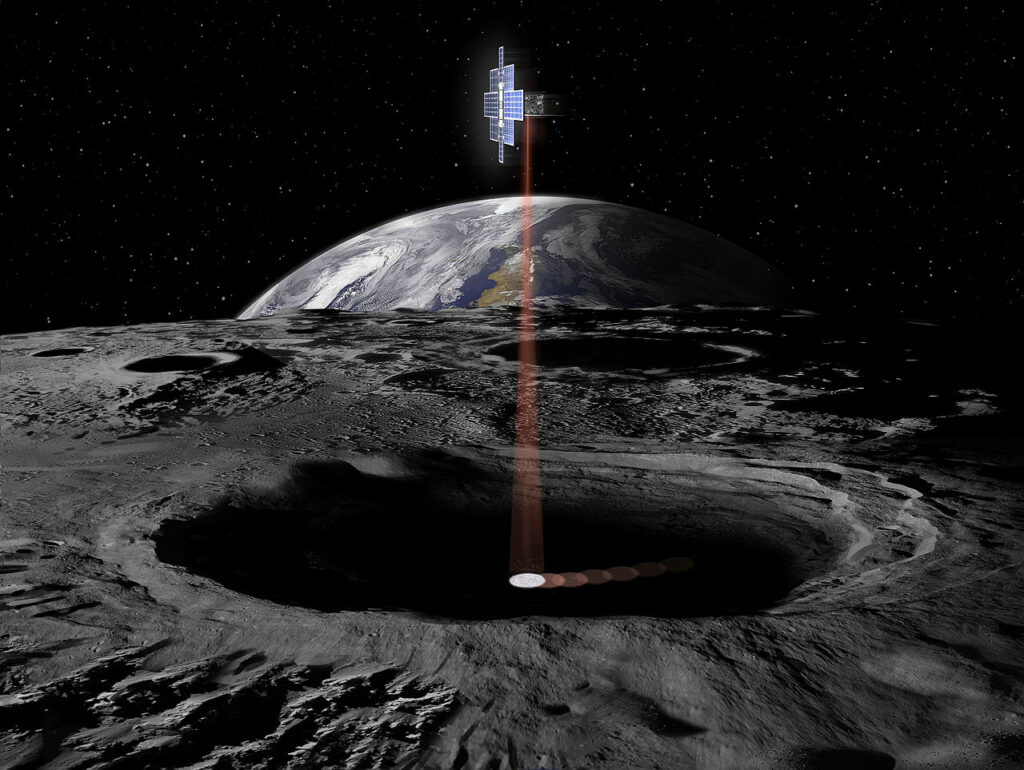The Japanese HAKUTO-R spacecraft has been successfully delivered to Cape Canaveral. Currently, specialists are engaged in its final checks as part of the launch scheduled for the end of November.
Launch date and landing site of HAKUTO-R
The HAKUTO-R device was built by the Japanese startup iSpace, which once participated in the Google Lunar X PRIZE competition. After the end of the competition, the team of engineers decided to continue working on the project. The device they created has a height of 2.3 meters, a width of 2.6 meters and a dry weight of 340 kg. It is capable of delivering a payload weighing up to 30 kg to the lunar surface.

A Falcon 9 rocket will be used to launch HAKUTO-R. It was planned that it would take place between November 9 and 15, but recently the date was shifted to the end of the month to give specialists more time to prepare. In order to save fuel, the probe will be launched on a low-cost trajectory that will ensure its arrival to the Moon three months after launch.
The landing site of the HAKUTO-R should be the Lacus Somniorum — the lunar sea, located in the northeastern part of the visible side of the moon of our planet. Its surface is formed by flows of frozen basalt lava. Earth vehicles have not landed in this region yet.
First Arab lunar rover
In addition to a number of scientific instruments provided by both private and government customers, HAKUTO-R will also deliver the first ever Arab rover Rashid to the moon. The 10-kilogram vehicle was built by the Mohammed Bin Rashid Space Center (UAE). The rover’s scientific equipment includes two high-resolution cameras, a microscope, a thermal imager and a Langmuir probe.

It is worth noting that neither Rashid nor HAKUTO-R have a heating system. Therefore, the time of their work on the lunar surface will be limited to one local day (14 Earth days).
Lunar Flashlight Satellite
“HAKUTO-R” will not be the only cargo on board the Falcon 9. Together with it, a “companion” will go to the Moon — the Lunar Flashlight cubesat built by NASA specialists. It will be put into a polar orbit around the Moon. In the pericenter, the cubesat will approach the lunar surface by 20 km, in the apocenter it will move away from it by 5 thousand km.

The main purpose of the device is to search for traces of water ice and volatile substances in the polar craters of the Moon. To do this, Lunar Flashlight is equipped with an infrared laser and a spectrometer. During the flight over the polar craters, the satellite will highlight their bottom with a laser. The spectrometer will analyze the light reflected from the lunar surface, which will determine its composition.
According to https://spacenews.com
Follow us on Twitter to get the most interesting space news in time
https://twitter.com/ust_magazine

